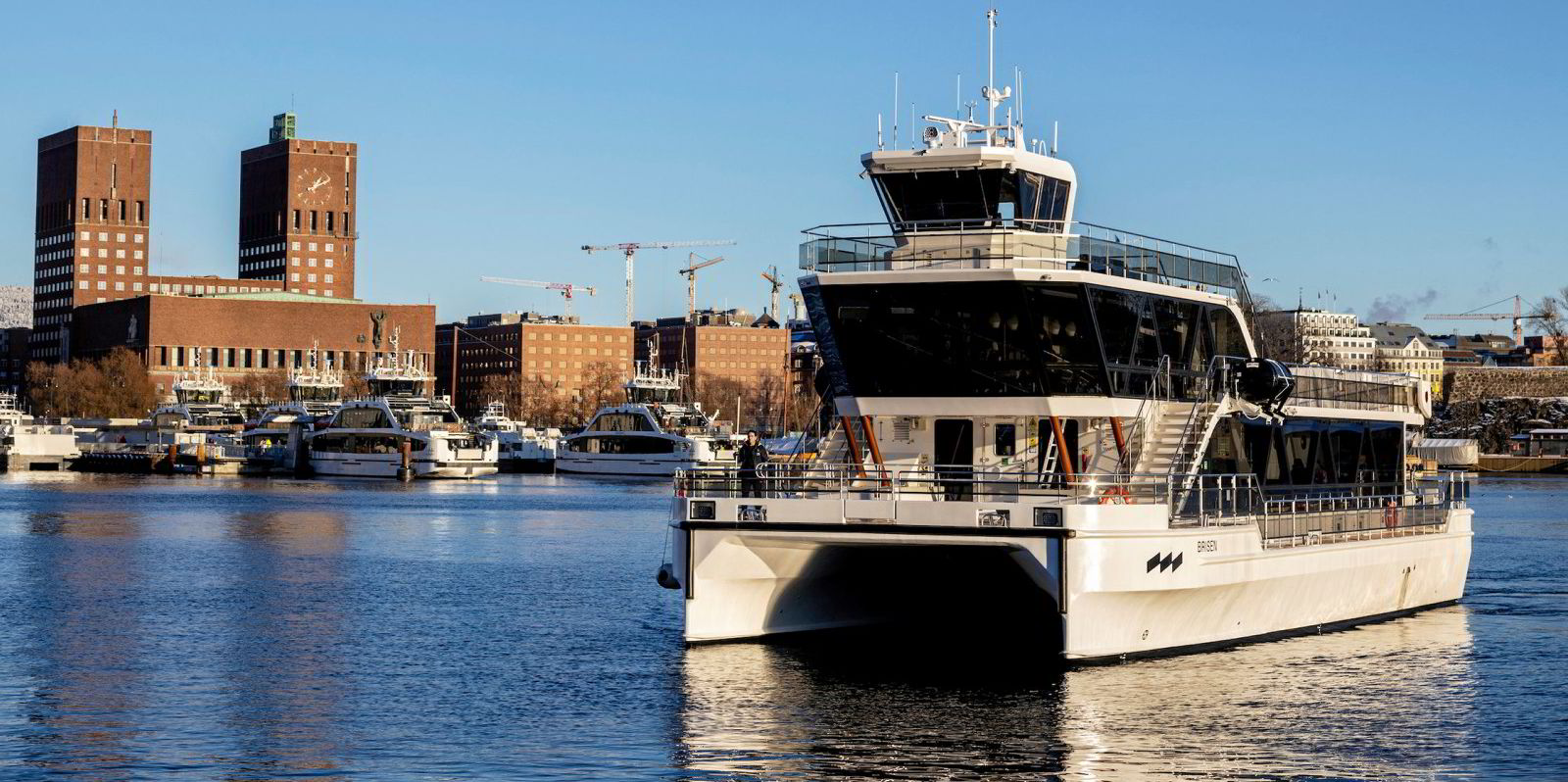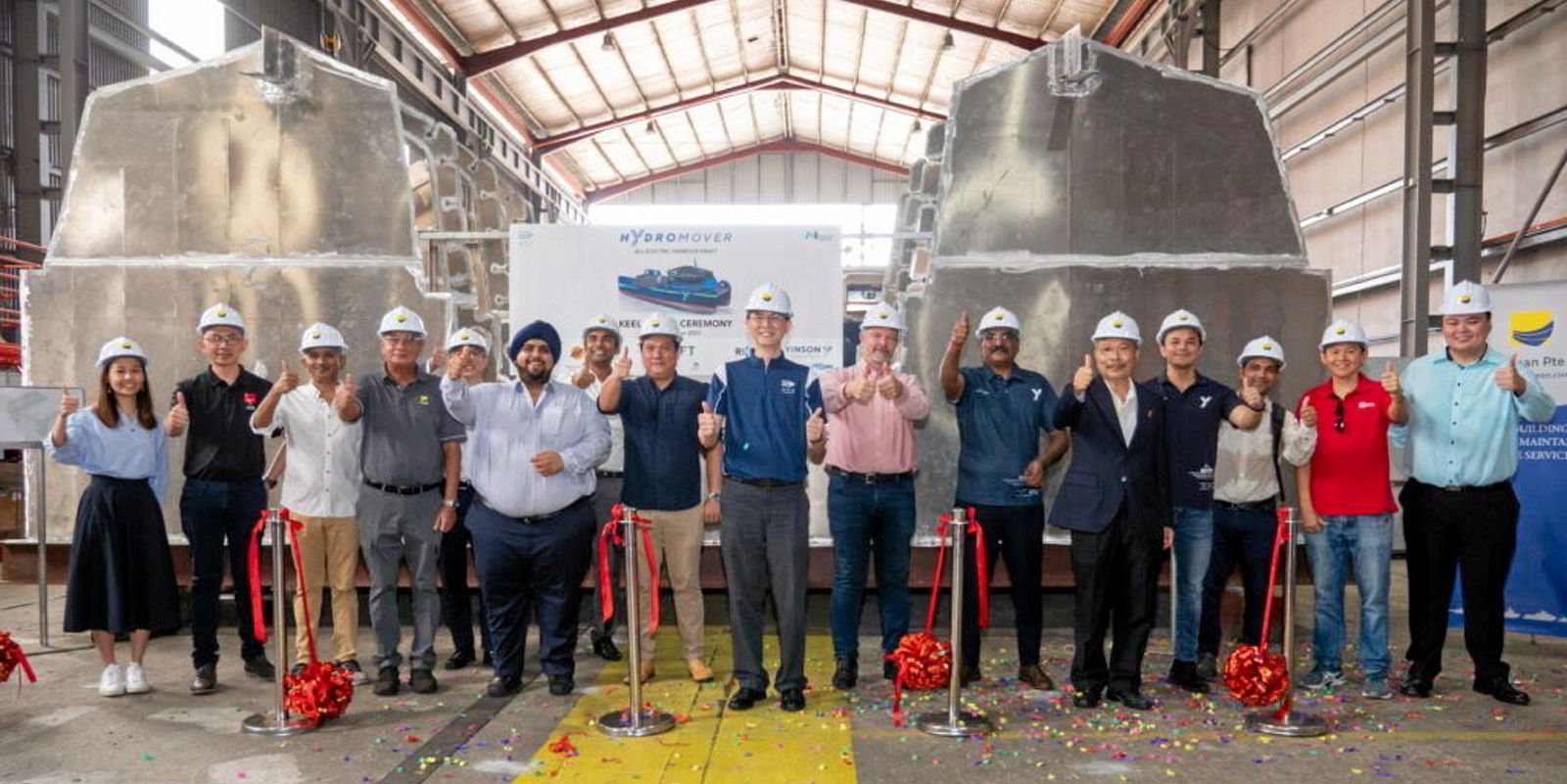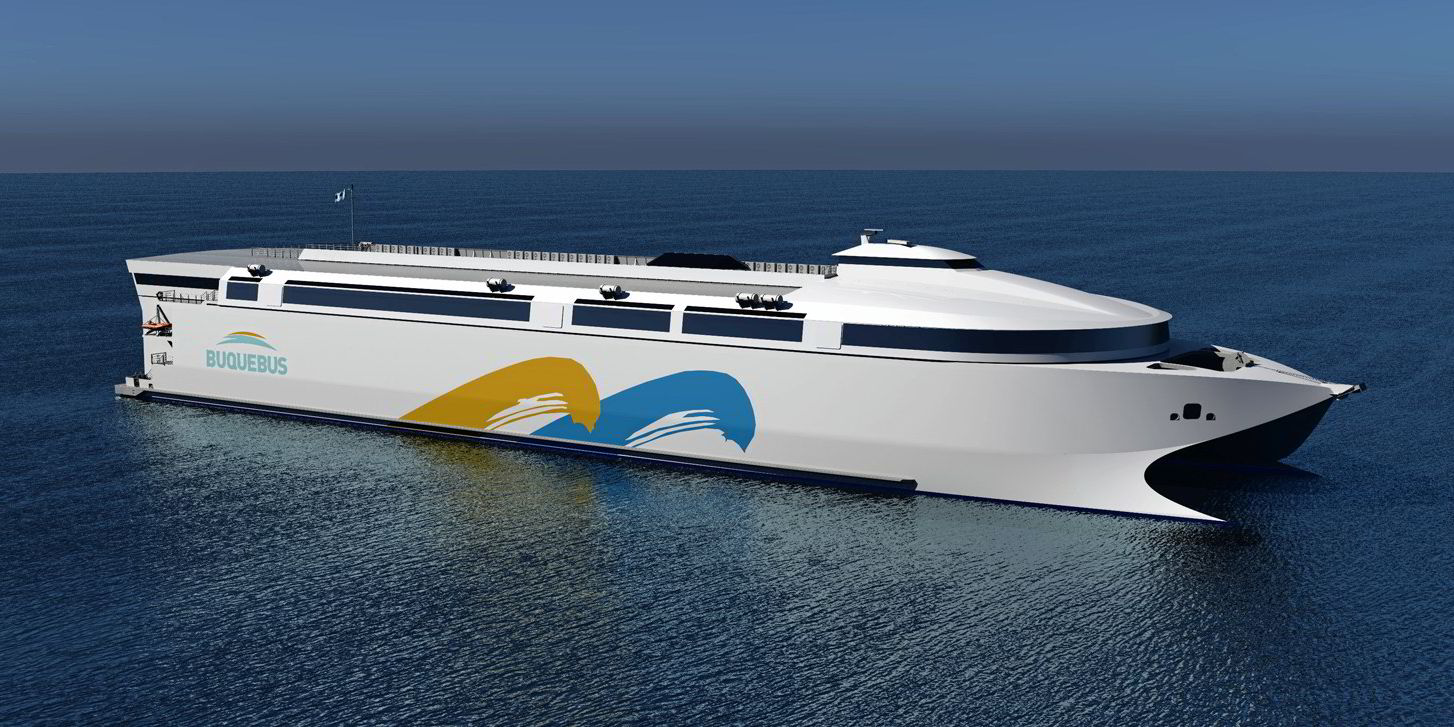In Norway, the fact that most green technology investments in the ferry/high-speed vessel sector are funded by the government through public tenders and state grants has been great to pave the way and change mindsets.
But there are fundamental flaws in how innovation is being driven.
The electrification of ferries is being pushed by actors with little interest in the end result beyond simply satisfying tender criteria: electrify at any cost.
Shipowners are doing what they have been told: to build electric ferries. But they generally do not have the competence to select the right systems.
System integrators, though, have a vested interest in selling existing solutions and components. There are numerous projects where vessels have been fitted with multiple times the battery power required for daily operations.
Suppliers have also come up with solutions to charge from shore as fast as possible, which inflates the expense while stressing the grid.
Over-dimensioning results in heavier systems, which is why electric ferries are getting bigger and bigger.
Owners seem to believe this is “smart”. But all it has led to is inefficient solutions that have generated good profits for vendors but little transferability to the private sector.
This lack of transferability prevents Norwegian maritime electrification solutions from becoming an exportable product, despite that being a government aim. Out of hundreds of ferry projects, hardly any have been exported.
Stalling innovation
The financing model, with taxpayers footing the bill, stymies true innovation, and Norwegian system integrators are losing ground.
There needs to be a total reset to thinking “electric by design” with energy efficiency and system optimisation put back at the top of the agenda. That means weight savings, eliminating losses and rethinking the integration of propulsion, power electronics and batteries.
We urge the government to add strict energy-efficiency requirements in public tenders rather than just electrification per se. This also goes for sustainable fuel — hydrogen and ammonia — solutions.
A lot of the ferries that have been churned out in recent years are one-offs whereas we should really be thinking about standardisation to make systems more exportable.

At Brim, we do not have the luxury of spending other people’s money, so our ships have to be as efficient as possible. We have had no choice but to innovate, co-designing from the bottom up with our technical partners.
We have lightened just about every on-board component including marinising parts from other forward-thinking sectors like automotive and manufacturing. This has resulted in the world’s most energy-efficient driveline for fast ferries, using permanent magnet direct-drive technology, huge weight savings and lower maintenance costs.
We aim to export smaller and larger versions of this design worldwide, but one of the biggest obstacles we have faced is an archaic regulatory framework.
Battery technology in shipping has been around for a decade, but the rules are still adapted to diesel hybrids and first-generation batteries.
Updating the rules
The regulations should be updated urgently to reflect new technology and political goals for zero emissions. We welcome a dialogue where updated rules should also consider new business models and new vessel types.
Energy efficiency and design optimisation have been overlooked in the quest to electrify as many ferries as possible on government orders. Electric ships that are as energy efficient as possible are also the best way to reach zero emissions.
Let’s follow the European Union’s lead and live by the “energy efficiency first” principle. If we want to get to net zero, the green shift needs to be economically sustainable.
Espen Larsen-Hakkebo and Agnes Arnadottir
are the co-founders of the Norwegian
sustainable tourism company Brim Explorer
Do you have an opinion to share?
Email: news@tradewindsnews.com






